
Hey there! This is Platform Weekly. 🥐 This week, we’re diving into the issue of platform engineering maturity with more grace than an Olympic diver. Let’s get bakin’
Here's how ~300 orgs stack up to Syntasso's Platform Maturity Model
A few months ago, I asked folks from the platform engineering community how their organizations fared on an early version of Syntasso’s Platform Maturity Model. 296 folks responded. Here are the highlights from the results 👇
1. Most platform teams are still struggling to get full buy-in across their organization. This isn’t a huge surprise, given how many different stakeholder groups and conflicting priorities most platform teams have to deal with.

One key to getting buy-in across the organization is to understand different stakeholder groups and their unique priorities. For example, CEOs and executives are often focused on strategic, long-term issues. Mature platform teams understand how the platform has a measurable impact on those goals. SysAdmin and DevOps might be scared the platform is coming for their jobs. Platform teams should communicate how the platform enables them to have a greater impact on the organization.
2. Only 32.3% of teams are following a platform as a product approach. Which is a bad sign because a product mindset is what ensures platform teams build an Internal Developer Platform their developers actually want to use.

Worse yet, many organizations think they’re following a platform as a product approach when they aren’t. 😞 OpenCredo’s Nicki Watt explained how some organizations make more assumptions about internal users than external ones despite the fact that both groups require the same consideration. Alternatively, some organizations mandate platform adoption. However, this closes off crucial feedback loops needed for mature platform product management.
The Platform Maturity Model can be a valuable tool for organizations to evaluate which platform engineering best practices they still need to meet. And looks like most organizations still have a long way to go. Check out the full article to see how respondents fared on other important aspects like change readiness, platform team structure, and user experience.
َQuick Bites
- A quick and easy guide to making the business case for a dedicated platform team at your organization.
- AI could be a great tool for boosting developer velocity. Bill Doerrfeld shared some potential use cases worth considering.

- Two great resources on golden paths were published this past week. The folks at Google Cloud published this high level introduction to golden paths. Also, here’s a deeper dive into how your platform team can pave golden paths that actually go somewhere (with examples!).

- Here’s how platform engineering can help keep cloud costs in check.
- Will the rise of generative AI rewrite DevOps best practices? Or are folks getting too excited about this technology too soon?
- According to VMWare Tanzu’s Bryan Ross, Internal Developer Platforms have the potential to revolutionize software development. But first, platform teams need to master marketing their platform, refining the user experience, creating great documentation, and providing top tier customer service.
And that’s a wrap on this week! As always, this newsletter is a community project. So if you have anything awesome to share from the cloud-native world, send it our way.
Stay crunchy 🥐
Luca









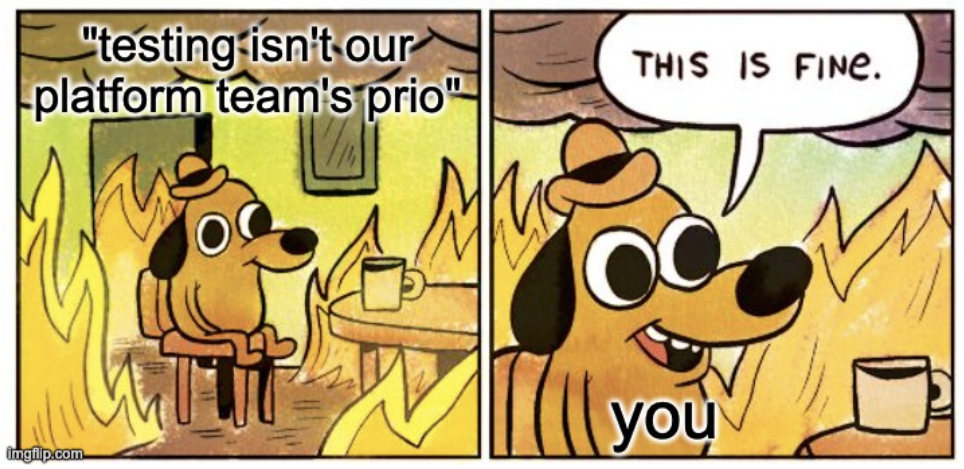

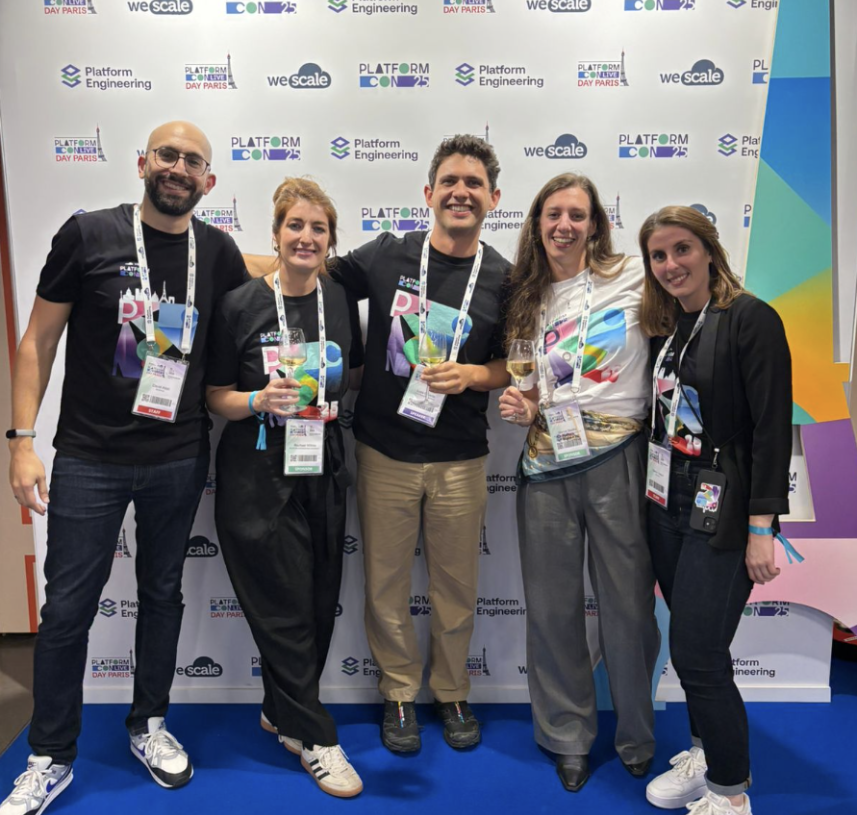



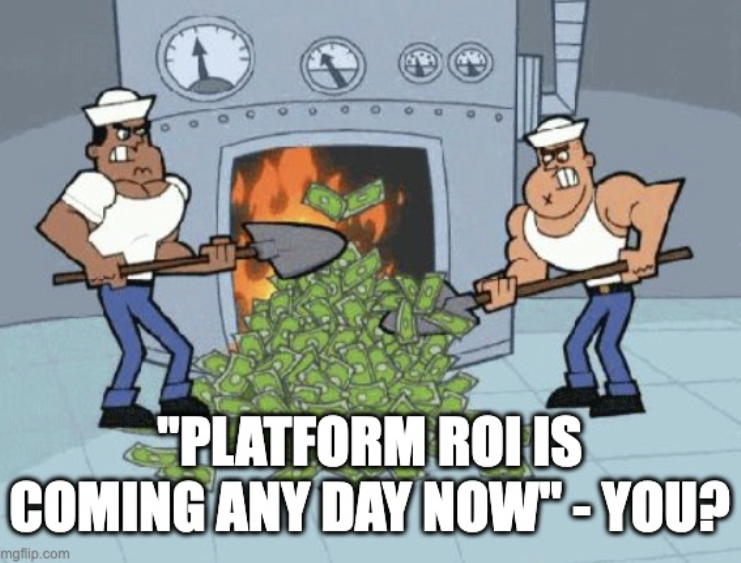

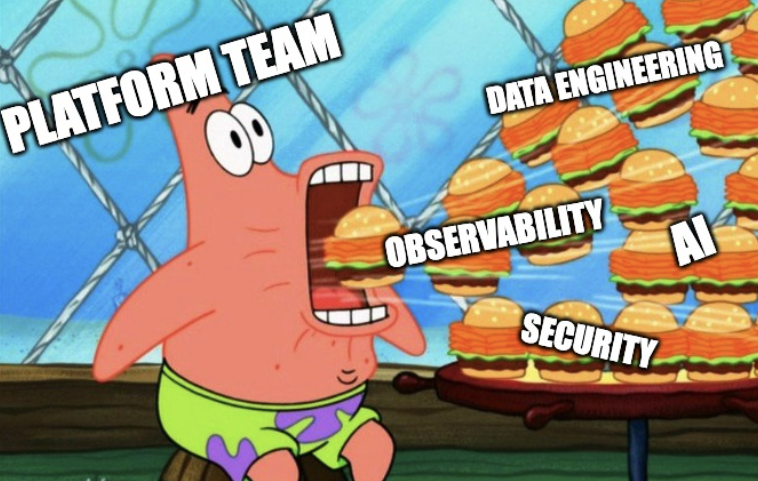
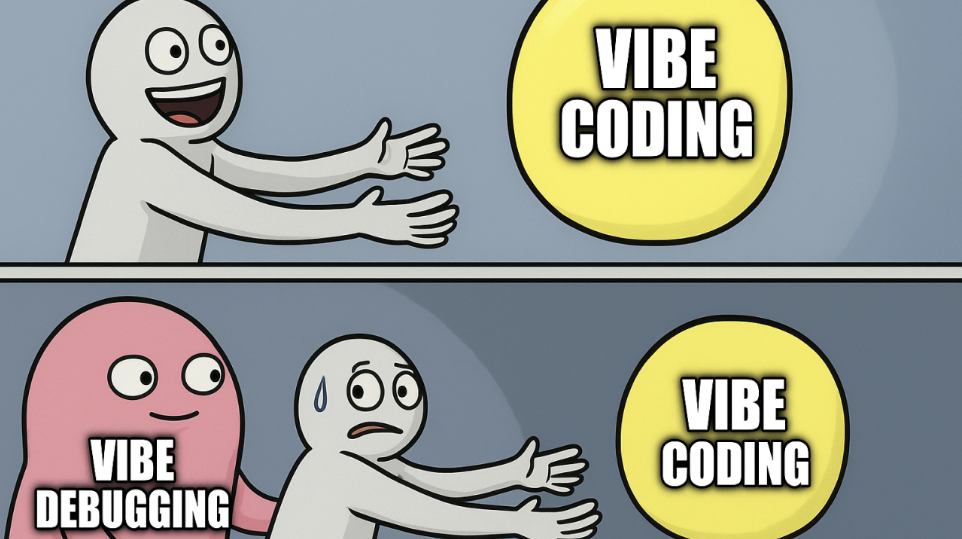

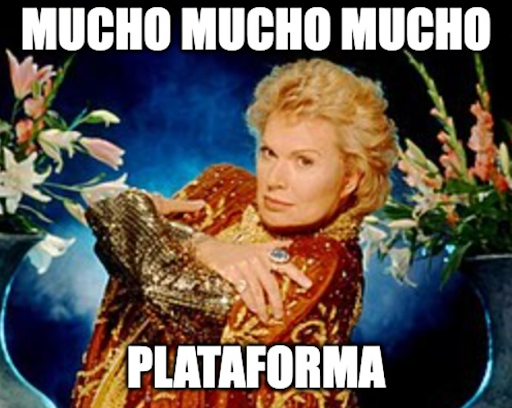

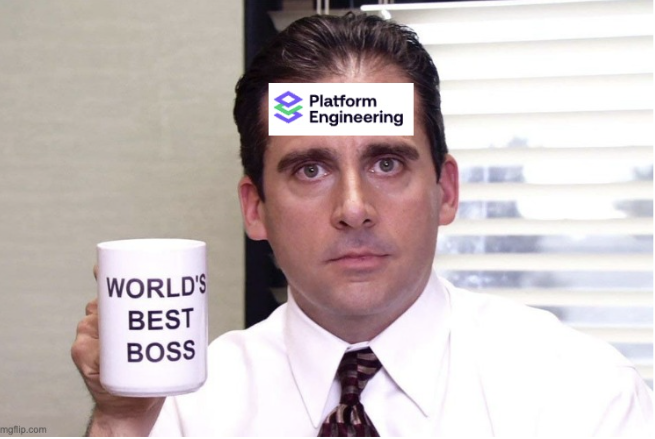
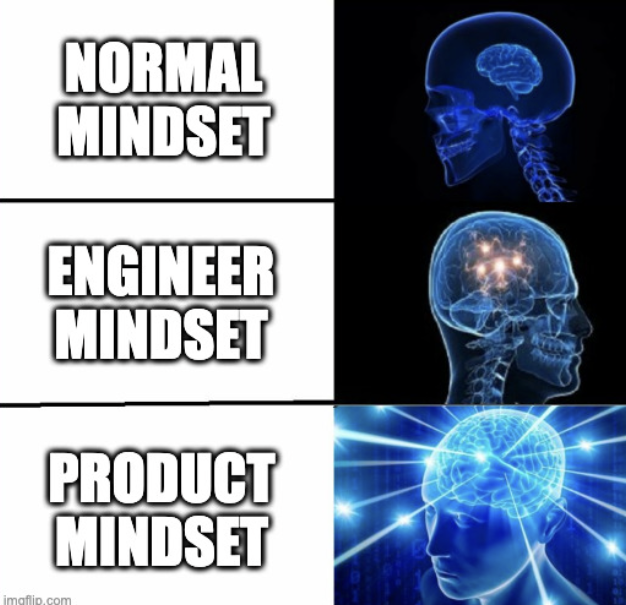





.webp)
.webp)




.webp)
.webp)


.webp)
.webp)
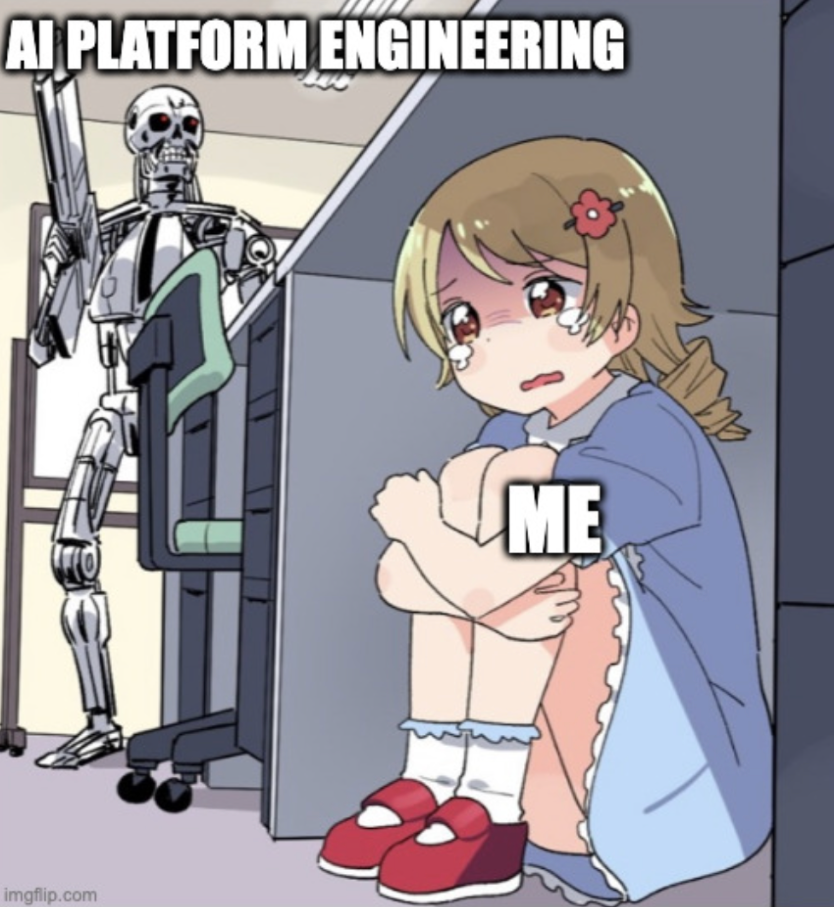
.webp)


-1.webp)














.jpg)
.jpg)
.jpg)
.jpg)
.png)
.jpg)
.png)
.jpg)
.jpg)
.jpg)


.jpg)
.jpg)
.jpg)
.jpg)
.jpg)
.png)
.jpg)
.jpg)
.jpg)
.jpg)
.jpg)
.jpg)
.png)
.jpg)
.jpg)
.jpg)
.jpg)
.jpg)
.jpg)










